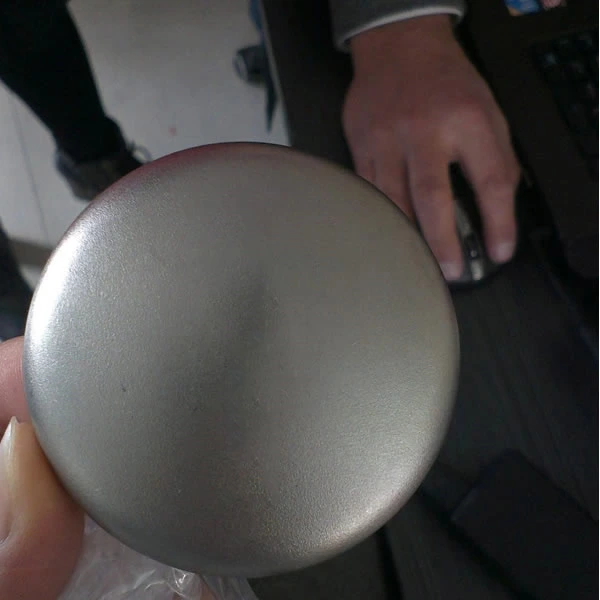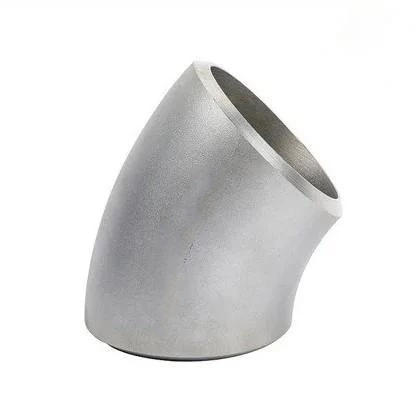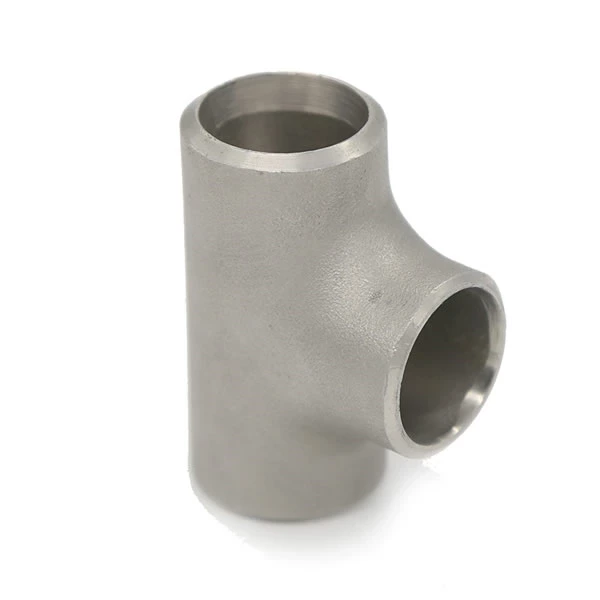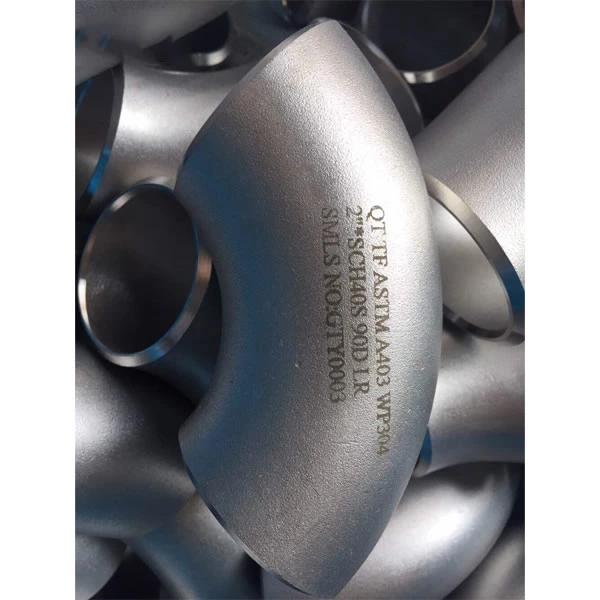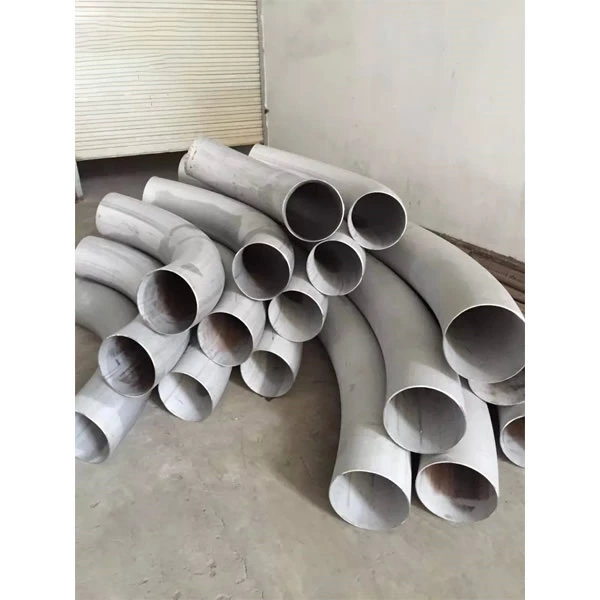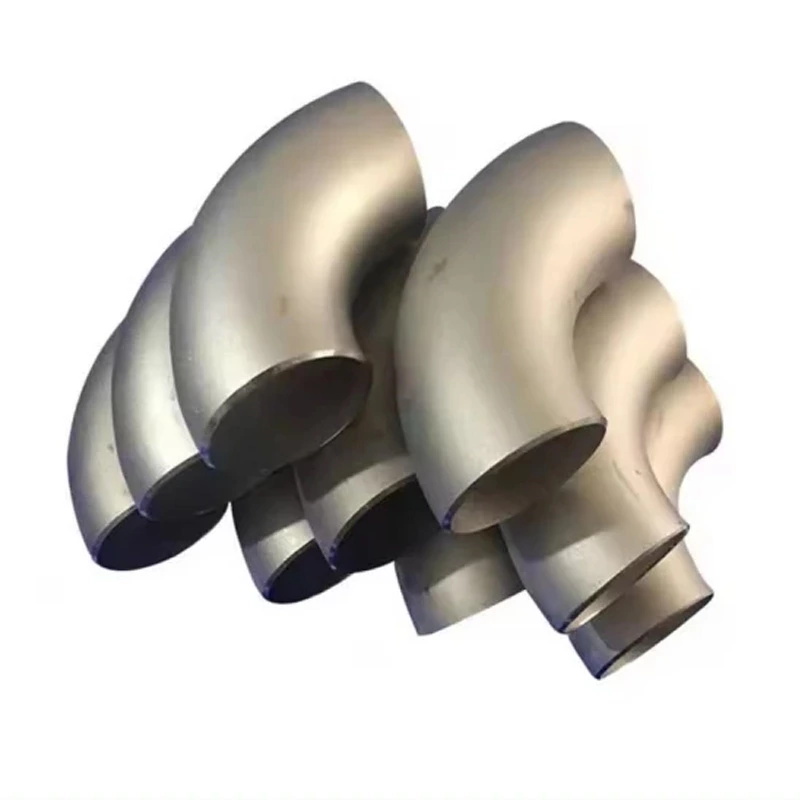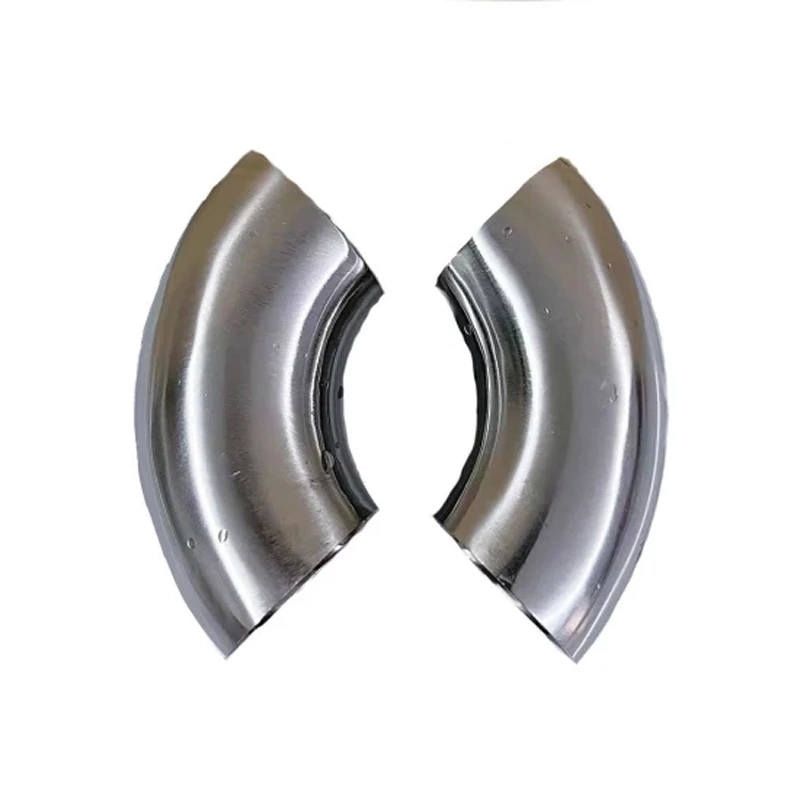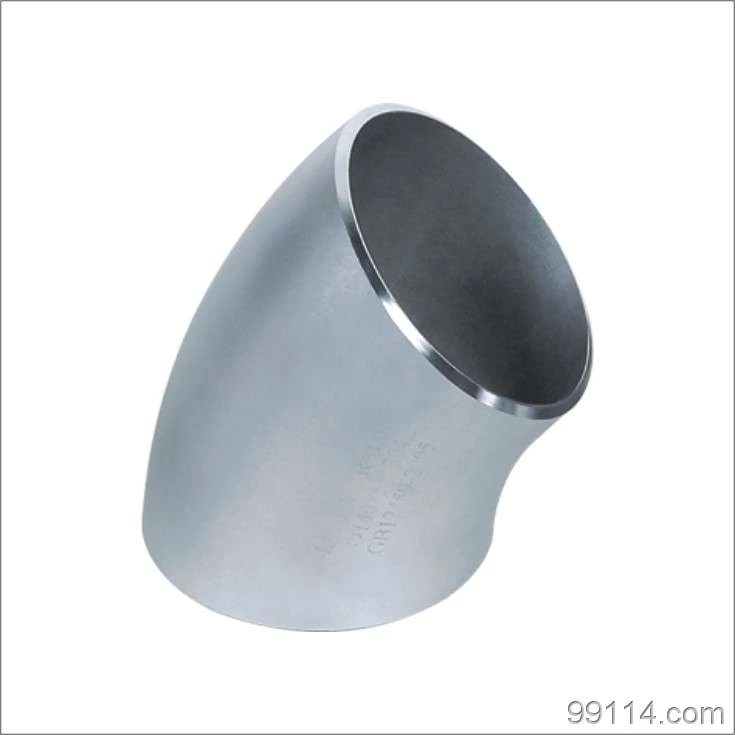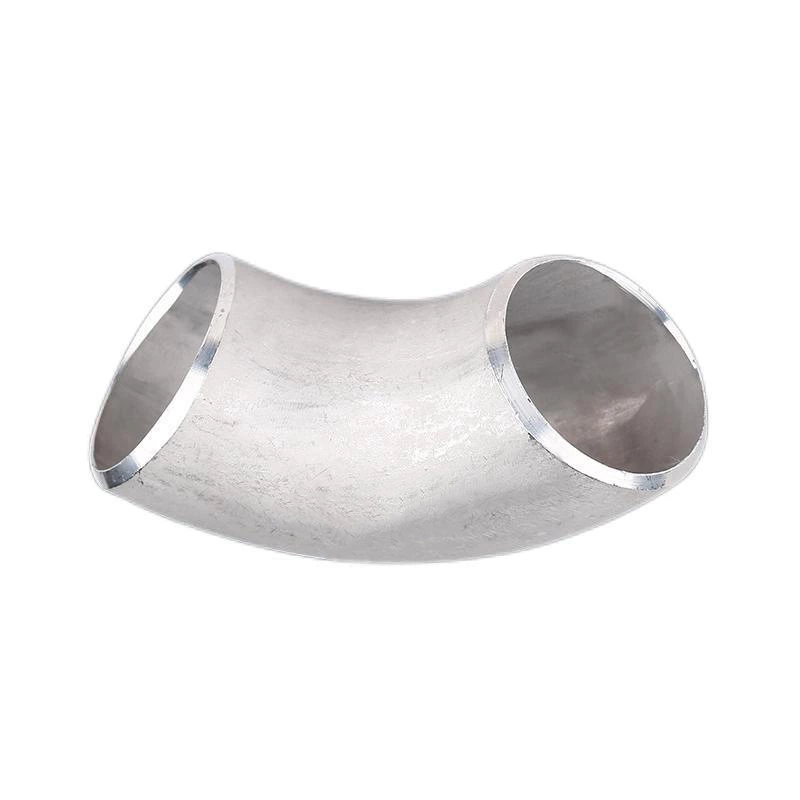Briefly Describe The Low Temperature Welding Method Of Stainless Steel Pipe Fittings
The low-temperature welding method of Stainless Steel Weld Fittings is as follows:
1. You can use high-silver VOD203 welding wire for welding. The fluidity of this welding is better. One disadvantage is that the average cost is high. This type of welding is also widely used. When welding stainless steel, you need to use VOD201-F flux paste for welding.
2. Low-temperature WE88C welding wire combined with WE88C-F flux for welding. At this time, choose appropriate welding tools according to the structure and welding requirements of the parent material to be welded. For example, if there is no special requirement, you can use a soldering iron to weld it. Because the thermal conductivity of stainless steel is lower than that of copper or aluminum, it doesn’t matter if it is slightly larger. This has been welded with WE88C welding wire and WE88C-F flux before, and there is a video of electric soldering iron welding stainless steel. If the welding structure has a little strength requirement, you can use flame heating. The heating tool uses WE53 and a liquefied gas multi-hole spray gun. Single-burn liquefied gas combustion, do not add oxygen.
3. Use WE46 special brazing filler metal to weld stainless steel elbows, which can replace high silver welding wire.
When manufacturing stainless steel pipe elbows, many materials are generally used, including cast iron, stainless steel, carbon steel, alloy steel, etc. Of course, the prices of stainless steel elbows manufactured by different raw materials will also be different. When users buy stainless steel elbows, they must also install them according to their needs, so as not to waste money. The construction of a stainless steel elbow also requires several different processes. During the manufacturing process, if the employees cannot control the time and manufacturing process, there will also be poor-grade stainless steel elbows. In order to save manufacturing costs, employees are also required to pay attention to operating details during the manufacturing process.
